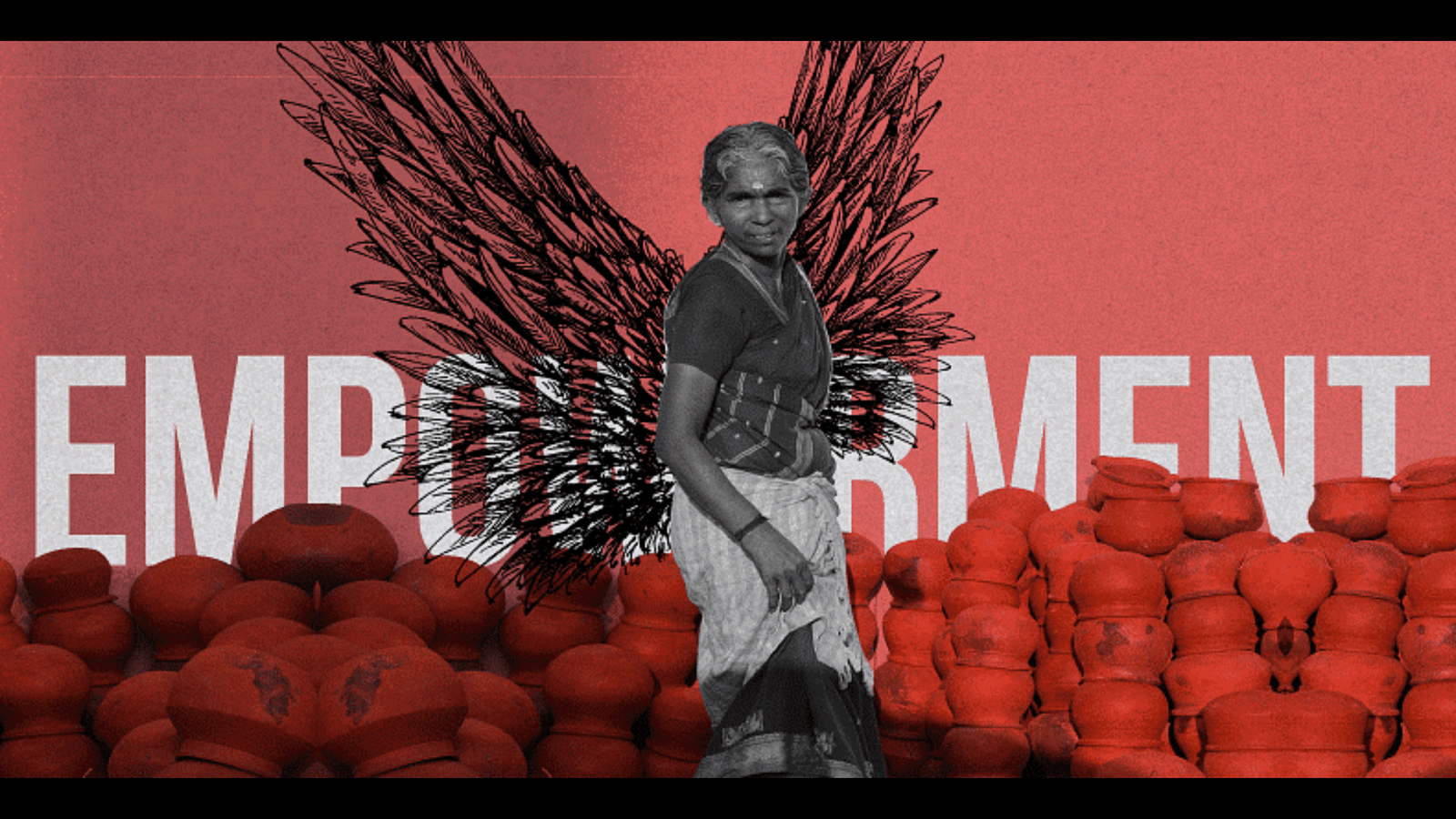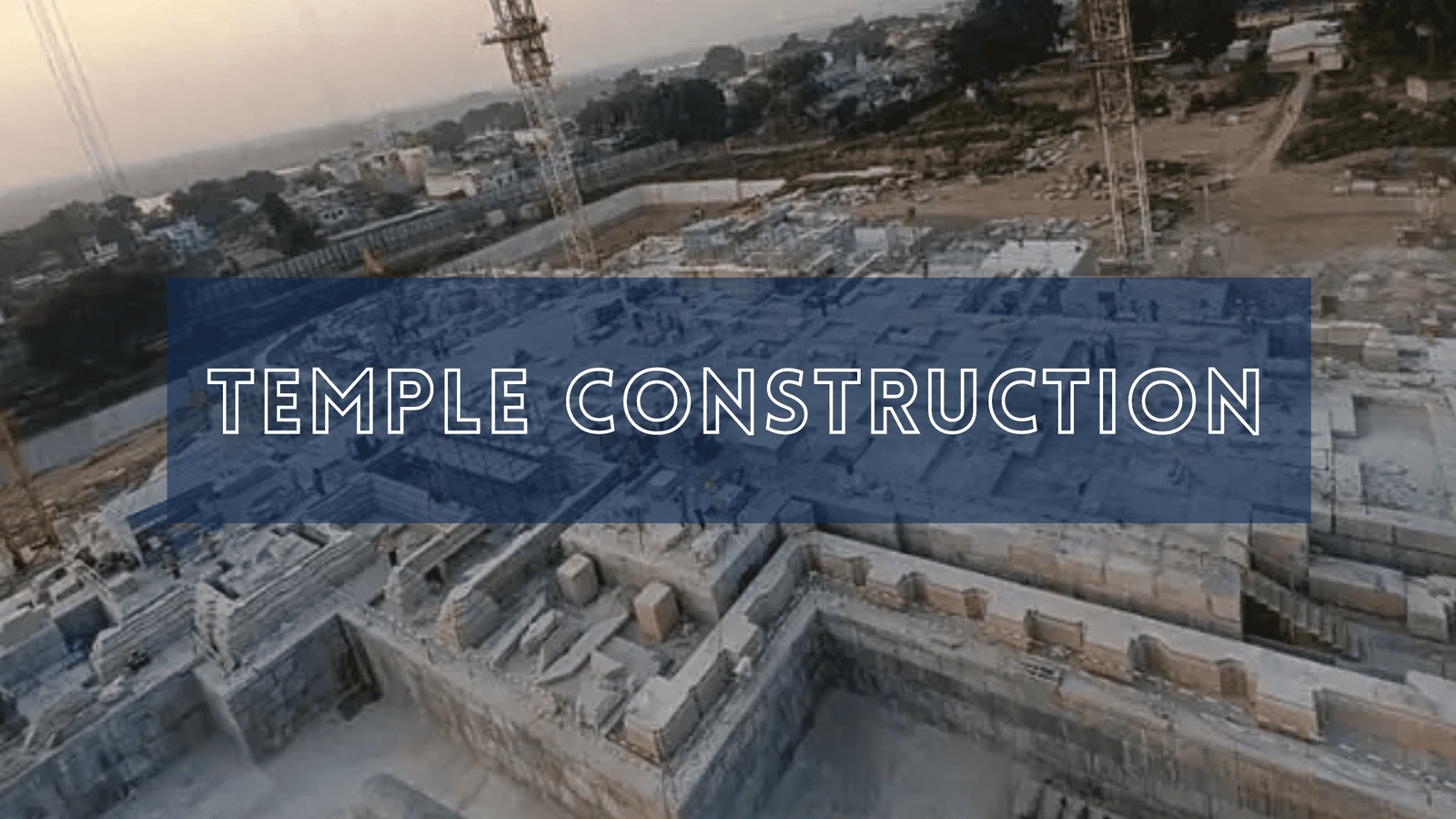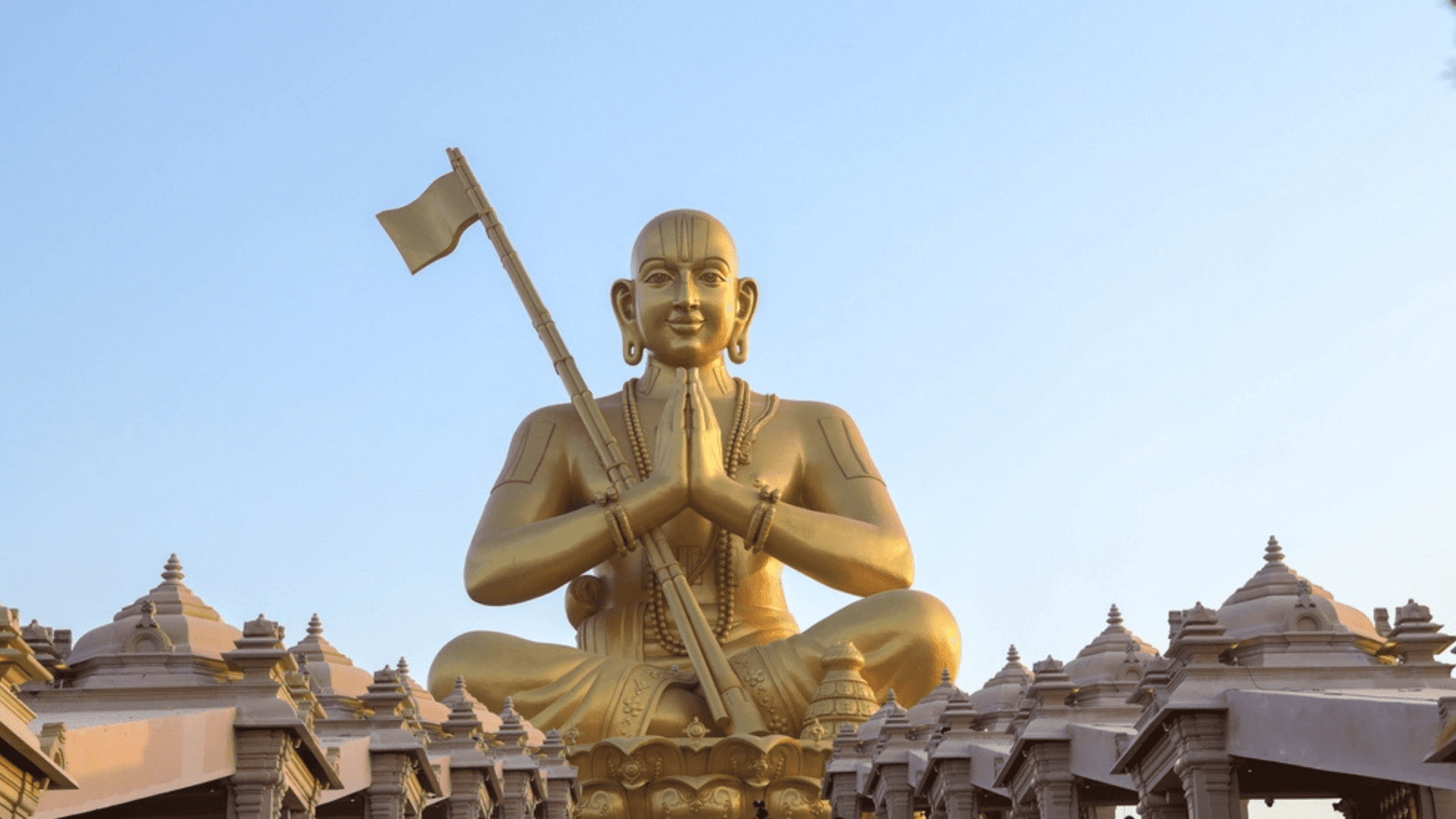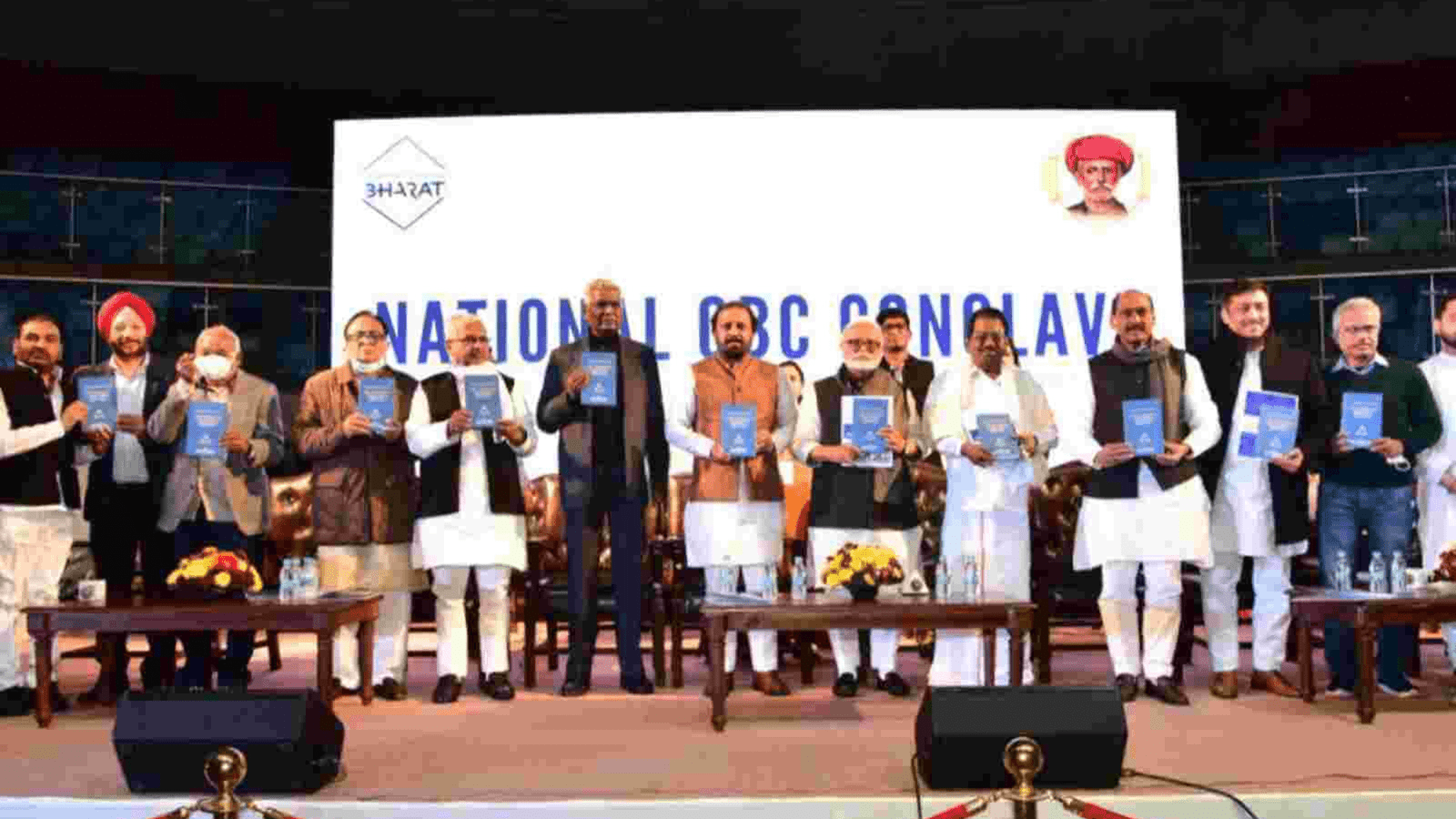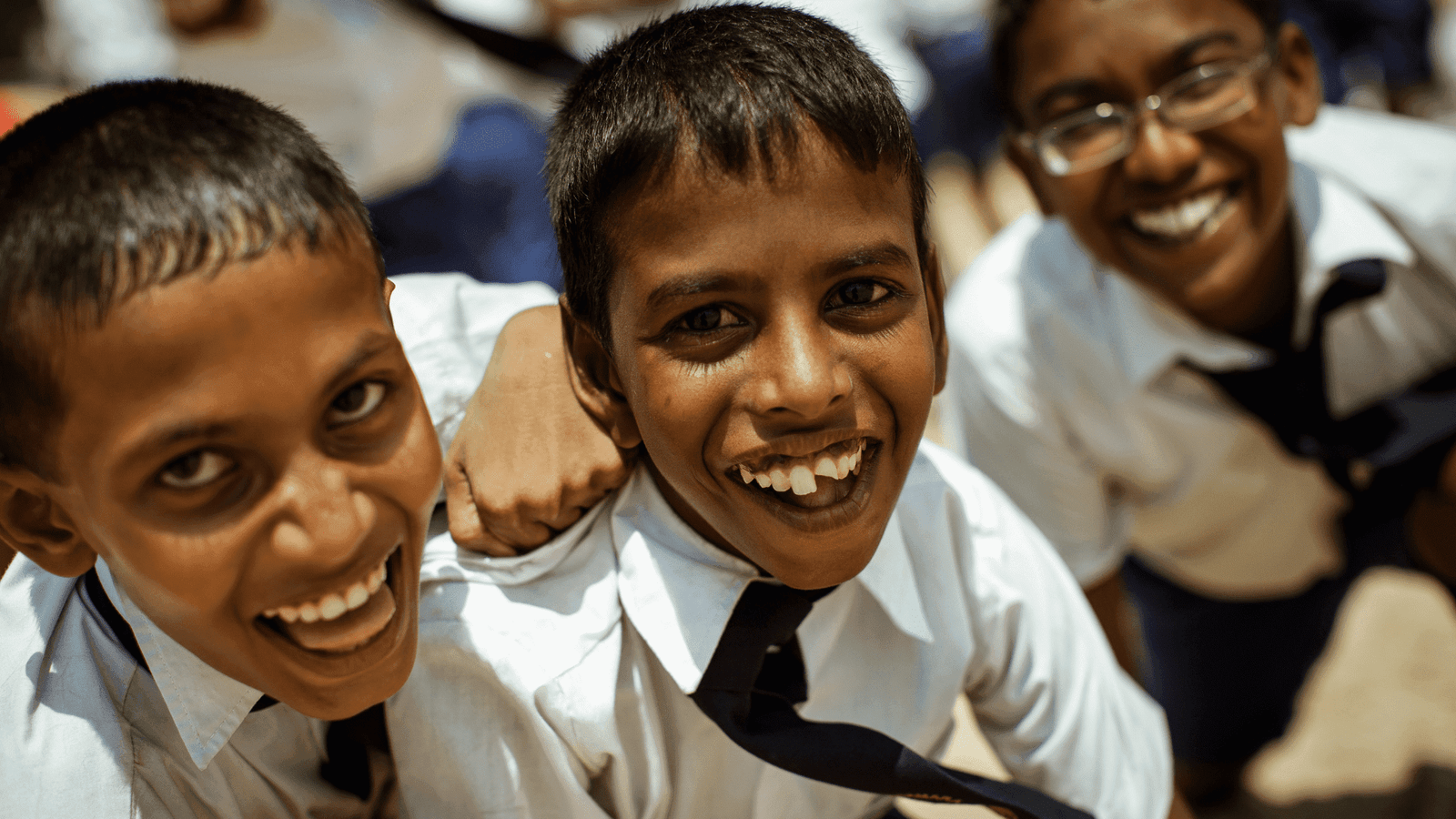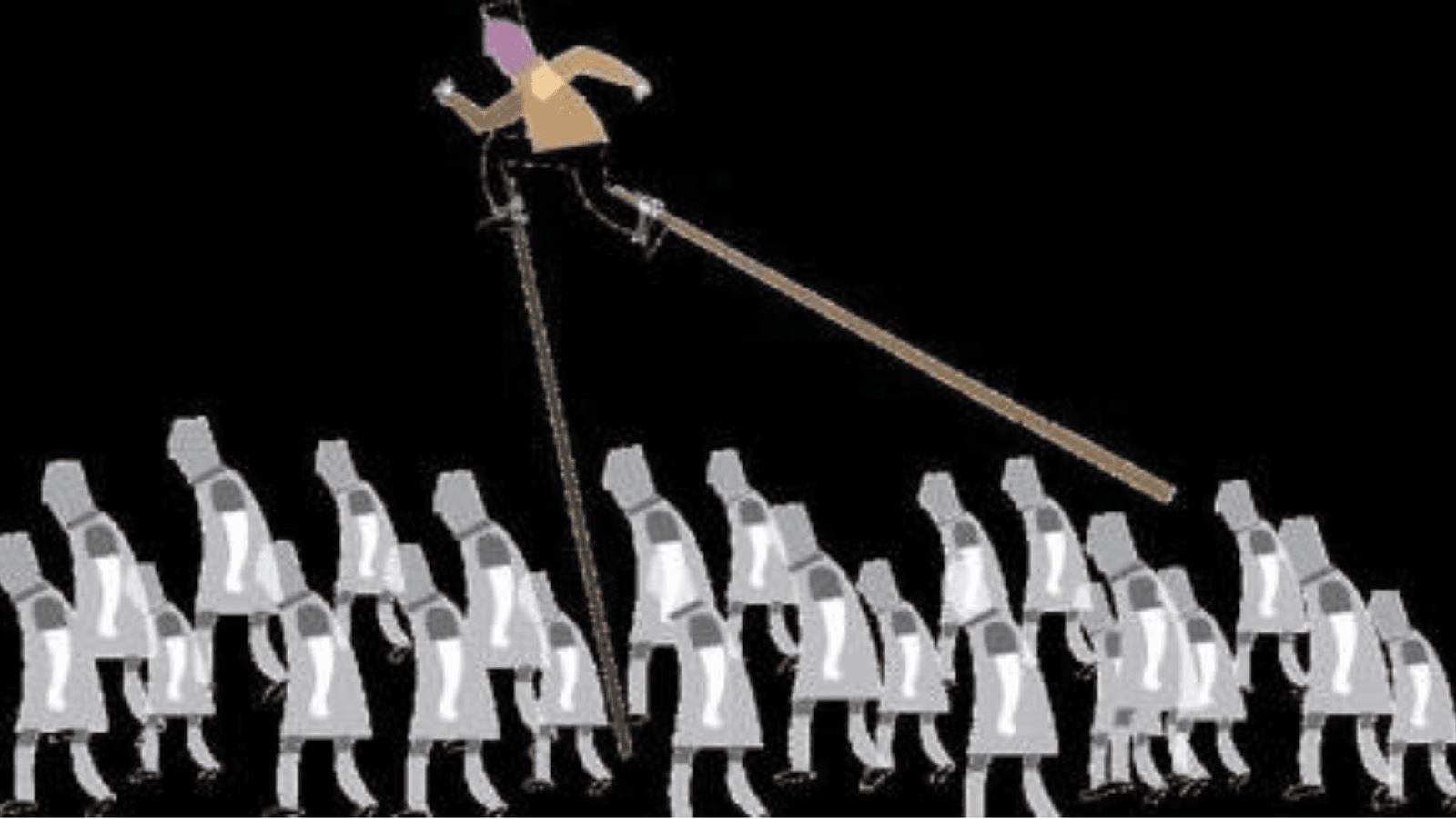
While a public health crisis grips the nation, the recent incident at IIT Kharagpur where a professor named Seema Singh at the Department of Humanities and Social Sciences allegedly made casteist slurs during a class meant for students from the Scheduled Castes/Scheduled Tribes and persons with disabilities must have raised eyebrows.
This shouldn’t have been the case since IITs have a long history of systematically othering students belonging to marginalised caste groups. Current students and alumni coming out on social media after the incident, with their own stories of experiencing this kind of prejudice, show the rampant casteism prevalent across IIT campuses in the nation.
Historically, technical knowledge was the domain of lower-caste artisans. It was later embraced by upper castes. In independent India, IITs were established as “institutions of national importance” that would form the uppermost tier of a stratified structure of postcolonial technical training to produce an elite cadre of nation-builders.
Education is a great equaliser — an instrument of upward social mobility. However, technical education in the name of promoting an objective and politically neutral form of knowledge has obscured the role of caste stratification and caste distinction in shaping access to and experiences of engineering education. This raises a fundamental question about the big IIT story: How did historical advantage become modern-day “merit”?
Merit is often seen as a neutral term and is measured through various examinations to measure an individual’s ability. In a nation where access to education remains a fundamental issue, with wide disparities in curricula, the “merit” we all talk about is just another form of discrimination and exclusion since the performance of an individual in any given examination, such as the JEE, depends largely on their access to various resources which are largely shaped by their caste, socio-economic status, schooling and upbringing.
Since upper castes had better access to resources, they were able to transform their inherited capital into a claim to merit and refashioned themselves as contemporary meritocratic subjects. As a result, soon, they began dominating these elite spaces, where they further promoted and reinforced their own cultural capital.
To quote sociologist Satish Deshpande: “By transforming their caste capital into modern capital, upper castes can now claim to be casteless and accuse the lower castes of being illegitimate purveyors of caste.”
Then came exam coaching and reservations that challenged such groups’ dominance, so they asserted their claim to merit through new languages of distinction and strategies of discrimination, as argued by Prof Ajantha Subramanian. Exam coaching has created a distinction between the gifted and the coached.
In contrast, reservations in institutions like the IITs have given rise to the distinction between the “general” and the “reserved” categories and the stigmatisation of students who gain admission through reserved quotas. In this way, lower-caste groups are often victimised through casteist slurs and humiliation. The recent incident at IIT Kharagpur is one such instance.
Anti-reservation “merit” is just another myth. Such discrimination and institutional harassment in the name of neutrality of merit show that people are blindfolded by their caste privilege. They refuse to believe that merit doesn’t exist in a vacuum. The very idea that upper castes are inherently “talented”, while reserved category students are meritless is as void as it is casteist.
This kind of hatred, fostered in young minds, would eventually lead them to perpetuate caste hierarchy through the subsequent generations. We should understand that without reservations these people would continue to be peripheral groups as they would be unable to achieve social mobility in their lives.
In recent times, we have seen a positive trend — lower-caste mobilisations inside the IITs, like the Ambedkar Periyar Phule Study Circle at IIT Bombay, the Ambedkar Periyar Phule Study Circle at IIT Gandhinagar, Chintabar at IIT Madras, Freedom and Democracy at IIT Delhi, Students for Change at IIT BHU, the Science Education Group at IIT Kharagpur, and IIT Delhi for Justice.
Since IITs are primarily apolitical spaces where student councils play a minimal role, such groups have a significant role in ensuring social justice.
“Turn in any direction you like, caste is the monster that crosses your path,” Ambedkar wrote. This remains true even after 74 years of Independence. It’s high time policy practitioners look into this issue so that institutions like the IITs shed their sacred thread and create an inclusive space embracing everyone in their fold.
